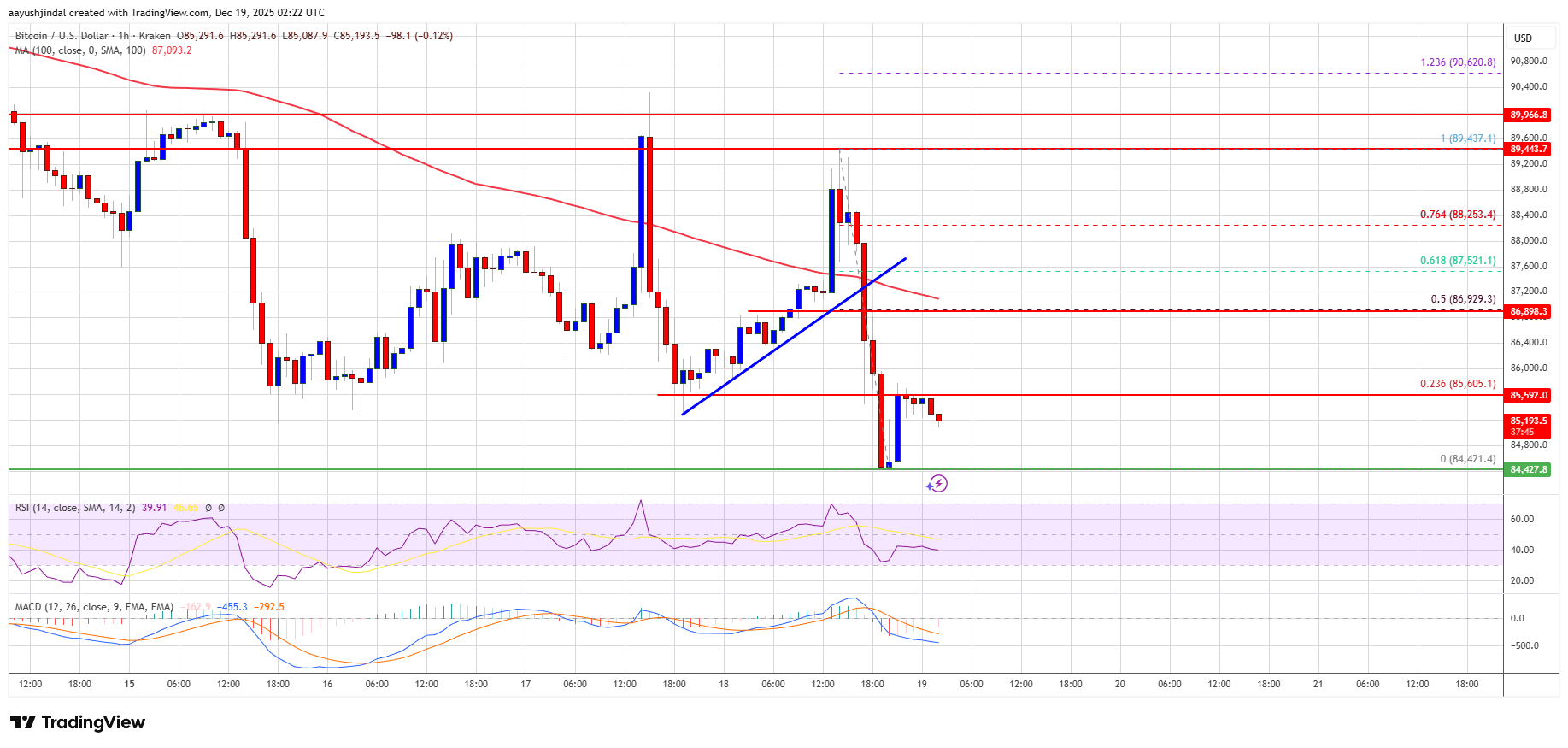Understanding Today’s Crash in XRP Prices: Ripple Whales Behind the Move Below $2.5?
Ripple’s (XRP) rebound above $2.5 just days after dropping below $1.90 was rather short-lived as it currently trades near $2.4.
Data now suggests massive whale movements toward Binance confirm profit-taking and panic-selling patterns.
XRP Holders Unload Their Bags
Since the start of October, XRP whales have shown a notable change in behavior amidst growing selling pressure. Data from the Whale to Exchange Flow chart for Binance, shared by CryptoQuant, found a sharp rise in whale deposits beginning October 1st, which maintained steady momentum until October 17th.
The inflow reached its highest level on October 11th, with Whale to Exchange Transactions surging to 43,000. This is a clear indication of significant XRP transfers to centralized exchanges. Such large-scale movements typically mean that whales are preparing to liquidate holdings, realize profits, or mitigate risk in the backdrop of market uncertainty. This on-chain activity is closely in line with XRP’s price performance during the same period.
As the whale deposits accelerated, XRP’s price experienced a steep decline as it dropped from above 3 to around 2.3. The correlation between increased exchange inflows and the falling price strongly supports the view that increased whale activity on Binance contributed to the mounting selling pressure throughout the first half of October.
Whales were not the only cohort driving XRP’s sell pressure in October. Data revealed that smaller investors also played a crucial role in the market downturn. The month recorded a steady uptick in XRP transfers to Binance, especially in the ~1,000 XRP transaction group. Additionally, there were occasional inflows from larger 100K and 1M XRP tranches. These inflows reached their highest levels since last June and coincided with XRP’s price decline from near $3.0 to the $2.3-$2.6 range by mid-month.
The surge in small tranche deposits points to increased activity from retail investors or, potentially, the splitting of larger holdings into smaller batches before selling. Such a pattern reflects a broader distribution phase, where selling pressure originates from a wide base of participants.
You may also like:
- Ripple-Backed Evernorth Raises Over $1 Billion for Institutional XRP Exposure
- Ripple (XRP) Pauses After Chaos: Is Wave 5 Still Coming or a New Bull Trend Emerging?
- Ripple Labs Reportedly Leading $1B Fundraise for XRP Treasury
Retail Pessimism
Attention has now turned to how smaller traders are responding to the crypto asset’s turbulent price swings. According to Santiment, XRP is currently seeing widespread retail pessimism. On-chain data revealed that a large portion of the crowd has been selling at a loss, accompanied by a noticeable uptick in fear, uncertainty, and doubt (FUD) across social channels.
Historically, such conditions have often preceded bullish reversals, as prices tend to move contrary to retail sentiment. When traders capitulate or express excessive fear, it often means that market bottoms are near and that stronger hands are accumulating.
Disclaimer: The content of this article solely reflects the author's opinion and does not represent the platform in any capacity. This article is not intended to serve as a reference for making investment decisions.
You may also like
LUNA-Tied Terraform Labs Collapse: Jump Trading Hit with $4 Billion Lawsuit Over 2022 Fallout
ICE eyes $5b bet on MoonPay as Wall Street dives deeper into crypto
Bitcoin Price Retests Support—Is the Market Bracing for Volatility?

